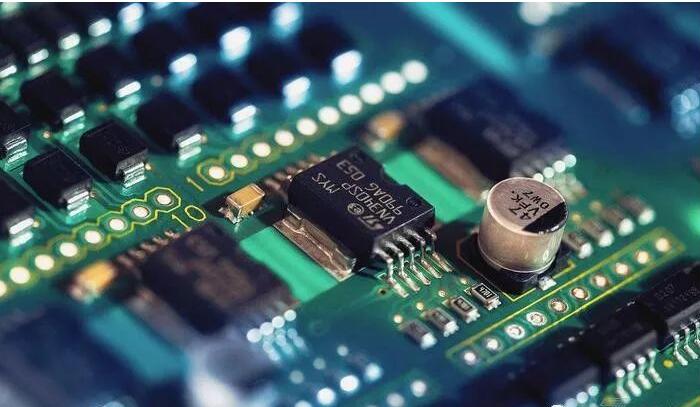The basic material of PCBA
PCBA is the abbreviation of Printed Circuit Board +Assembly in English, that is, the blank PCB board goes through SMT (Surface Mount Technology) first, and then goes through the DIP (Dual In-line Packaging Technology) plug-in production process.
The basic material of PCBA
The substrate is generally classified by the insulating part of the substrate. Common raw materials are bakelite, fiberglass board, and various types of plastic boards. And PCB manufacturers generally use an insulating part composed of glass fiber, non-woven material, and resin, and then press the epoxy resin and copper foil into a "prepreg" (prepreg) for use.
The common base materials and main ingredients are:
FR-1 ──Phenolic cotton paper, this base material is generally called bakelite (more economical than FR-2)
FR-2 ──Phenolic cotton paper,
FR-3 ──CottON paper, epoxy resin
FR-4 ──Woven glass, epoxy resin
FR-5 ──Glass cloth, epoxy resin
FR-6 ──Frosted glass, polyester
G-10 ──Glass cloth, epoxy resin
CEM-1 ──Tissue paper, epoxy resin (flame retardant)
CEM-2 ──Tissue paper, epoxy resin (non-flame retardant)
CEM-3 ──Glass cloth, epoxy resin
CEM-4 ──Glass cloth, epoxy resin
CEM-5 ──Glass cloth, polyester
AIN ──Aluminum Nitride
SIC ──Silicon Carbide
Brief description of PCBA process
SMT and DIP are both ways to integrate parts on the PCB. The main difference is that SMT does not need to drill holes on the PCB. In DIP, the PIN pins of the parts need to be inserted into the holes that have been drilled.

SMT (Surface Mount Technology)
Surface mount technology mainly uses mounters to mount some tiny parts on the PCB. The production process is: PCB board positioning, solder paste printing, mounting machine mounting, reflow oven and finished inspection. With the development of technology, SMT can also mount some large-size parts, for example, some larger-size mechanical parts can be mounted on the motherboard. SMT is very sensitive to positioning and the size of parts during integration. In addition, the quality of solder paste and printing quality also play a key role.
DIP dual in-line packaging technology)
DIP means "plug-in", that is, inserting parts on the PCB board. Due to the large size of the parts and not suitable for placement or the manufacturer's production process cannot use SMT technology, the parts are integrated in the form of plug-ins. At present, there are two implementation methods of manual plug-in and robot plug-in in the industry. The main production process is: sticking adhesive (to prevent tin plating to the place where it should not be), plug-in, inspection, wave soldering, and brushing (removing in the furnace Stains left in the process) and made inspection.
PCBA may lead to rejection
Blow holes/pinholes, solder paste recovery is complete, the solder is not wetted to the plate or terminal that needs to be soldered, the solder coverage does not meet the requirements, and the dewetting phenomenon causes the soldering to not meet the surface mount or through-hole insertion Solder filling requirements, the solder ball violates the minimum electrical clearance, the solder connection that straddles the conductor that should not be connected, the solder crosses the adjacent non-common conductor or the original, the solder is disturbed, violent, and the correct one is not selected according to the regulations The component, the component is not installed in the correct hole, etc.
Current status of PCBA products
Since PCBA production is in the latter half of electronic equipment manufacturing, it has become a downstream industry of the electronics industry. Almost all electronic devices need the support of printed circuit boards, so printed circuit boards are the product with the highest market share in the global electronic component products. Currently, Japan, China, Taiwan, Western Europe and the United States are the main printed circuit board manufacturing bases.